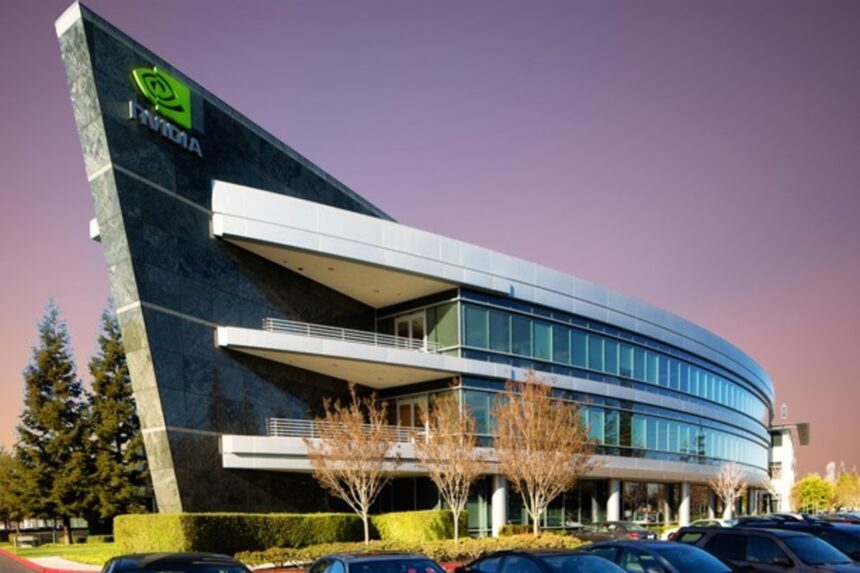Artificial intelligence (AI) has already proven to be a lucrative field for many individuals. Take Jensen Huang, the co-founder and CEO of Nvidia, for instance. Over the past five years, his net worth has skyrocketed from $4 billion to a staggering $83.1 billion, largely due to the insatiable demand for his company’s AI chips, which currently hold 80% of the data-center AI chip market.
Moreover, other AI-driven ventures are also reaping significant rewards. OpenAI, for example, is reportedly valued at $86 billion, while competitors like Anthropic and Inflection have seen valuations of $15 billion and $4 billion, respectively. Although OpenAI CEO Sam Altman claims to own no shares in the company, it’s plausible that numerous AI founders and executives have joined the ranks of the ultra-wealthy, at least on paper.

However, some experts argue that this is just the tip of the iceberg. They contend that AI has the potential to not only enrich a select few but also to revolutionize society’s wealth on an unprecedented scale. According to AI researcher Ajeya Cotra, AI capable of driving annual economic growth rates of 20% to 30% is on the horizon, with the possibility of emerging before the end of the century. Her colleague Tom Davidson further investigated this potential, suggesting that per capita economic growth rates exceeding 30% annually could be feasible in the coming decades.
Such projections, while ambitious, pose significant challenges. Historically, the US has averaged a mere 3.2% economic growth per year since World War II, with more recent rates hovering around 2.2%. Achieving growth rates of 20% to 30% annually would be unprecedented in human history, dwarfing even the most prosperous periods like the Industrial Revolution in England or Japan’s rapid economic expansion in the 1960s.
Despite the scepticism surrounding these projections, Davidson presents three key arguments supporting the possibility of such explosive growth. First, he cites historical evidence suggesting a superexponential trajectory in economic growth, wherein growth rates increase over time. Second, he highlights theories within economics emphasizing the role of population growth in accelerating economic productivity. Finally, he draws upon conventional economic models, such as the Solow-Swan model, to illustrate how AI could lead to unprecedented increases in productivity and economic output.
However, sceptics argue that achieving such growth hinges on the development of AI capable of fully replicating human labour and intellectual capabilities. Given the current limitations of AI technology, particularly in domains requiring complex reasoning and understanding, they question the feasibility of such advancements in the near term.
Moreover, there are concerns about the potential social implications of explosive AI-driven growth. While it could lead to unprecedented prosperity, it may also exacerbate inequality and unemployment, as AI replaces human labour on a massive scale.
In summary, while the prospect of AI-driven explosive growth is tantalizing, it remains highly speculative and contingent upon numerous technological and societal factors. Whether AI will indeed usher in a new era of unparalleled prosperity or merely represent another incremental advance in human progress remains to be seen.







